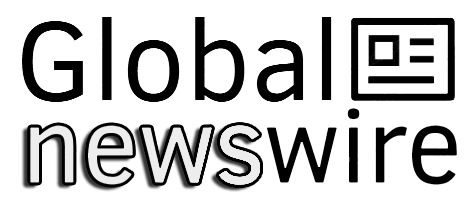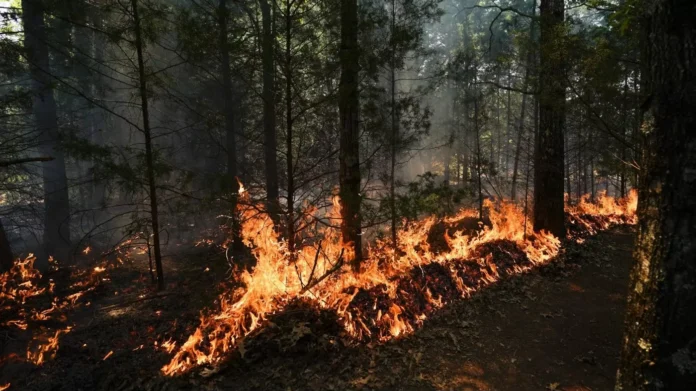Prescribed burns are a widely used and effective tool in managing wildland fires. These controlled blazes, which are intentionally set by trained professionals, have been found to play a crucial role in reducing the severity of future fires and curbing smoke pollution. In fact, a recent study has discovered that prescribed burns can decrease the severity of future fires by about 16 percent and slash smoke pollution by 14 percent.
The study, which was published on Thursday, highlights the importance of prescribed burns in preventing and mitigating the devastating impacts of wildland fires. It found that these controlled fires are much more effective in areas outside of the wildland-urban interface (WUI) – the zone where homes meet wild vegetation – than within it.
The WUI has been identified as a high-risk area for wildland fires, as it is where human development and natural landscapes intersect. This is why prescribed burns are crucial in reducing the risk of fires and minimizing their impact on communities living in the WUI. By creating a buffer zone through controlled burns, the risk of fires spreading from the wildland into residential areas is significantly reduced.
But how exactly do prescribed burns work? These controlled fires are carried out during favorable weather conditions under the supervision of highly trained professionals. They are carefully planned and executed, taking into account factors such as wind direction, humidity levels, and fuel moisture. By intentionally burning the excess dry vegetation in a controlled manner, the chances of a large-scale, uncontrolled fire are greatly reduced.
One of the major benefits of prescribed burns is that they help reduce the build-up of combustible material, such as dead trees, leaves, and debris. This can significantly decrease the fuel available to future fires, making them easier to control and less destructive. In addition, prescribed burns can also stimulate new plant growth, which can improve the overall health and diversity of the ecosystem.
Moreover, prescribed burns can also reduce smoke pollution, a major concern for both human health and the environment. Uncontrolled wildland fires release large amounts of harmful pollutants into the air, causing respiratory problems and contributing to climate change. By conducting prescribed burns, the amount of fuel available to future fires is reduced, resulting in less smoke pollution.
The study also found that prescribed burns are most effective when carried out away from the WUI. This is because in these areas, the focus is on preventing the spread of fire, rather than controlling it once it has already reached residential areas. This highlights the importance of proactive measures, such as prescribed burns, in reducing the risk of catastrophic fires.
However, prescribed burns are not a one-size-fits-all solution. Each burn must be carefully planned and executed, taking into consideration the unique characteristics of the landscape and the surrounding communities. Safety is of utmost importance, and prescribed burns should only be carried out by trained professionals.
In addition, effective communication with local communities is essential in ensuring that they understand the importance of prescribed burns and their potential impact on air quality. By involving residents in the planning process and addressing any concerns they may have, prescribed burns can be carried out successfully and with minimum disruption.
In conclusion, prescribed burns are a crucial tool in managing wildland fires and reducing their impact on both human communities and the environment. This new study further emphasizes their effectiveness in decreasing the severity of future fires and curbing smoke pollution. By implementing prescribed burns in a strategic and responsible manner, we can better protect our communities and our natural landscapes from the devastating effects of wildland fires.

